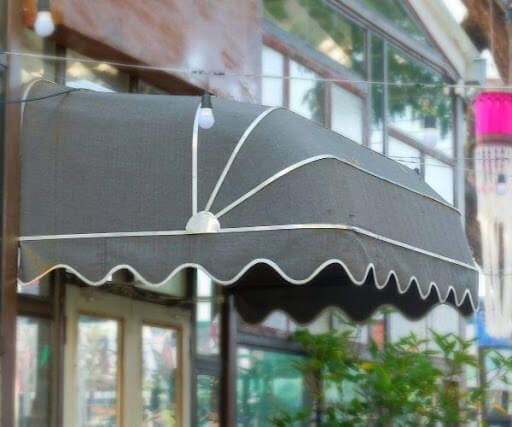
As a homeowner, you will have to deal with repairs and replacements. Home appliances won’t serve you forever. They have a limited lifespan, which mostly depends on maintenance. You have the responsibility to keep your home in good condition. When you perform regular inspection and maintenance, your appliances will work more efficiently and for a longer time. Repairs or replacements can be very costly unless you have a home warranty. There are some things that you should consider regarding them.
Repairing costs
There is a difference between minor repairs and more significant ones. When the repairing costs are too high, it isn’t feasible to repair the device. In some cases, it is better to have it replaced. There is one smart formula that will help you make a final decision. If the repairing costs are higher than 50% of the price of a new appliance, you should get a new one. You will find out that a new appliance will be less expensive in the long run, as it won’t break down again in the near future. This means no significant repairing costs soon. Buying a new one is more feasible in this case.
A home warranty will cover the costs for both repairs and replacing. For repairs, you will need to pay a service call that usually starts at $35. Your coverage depends on the company and the plan that you have picked. To make sure that you get the most of your home warranty, make a smart choice. Analyze the plan in detail to see if the coverage will suit your specific needs. You don’t want to pay from something that is already covered by the manufacturer’s warranty.
When it comes to picking the right company, keep in mind that this requires research and analysis. Check a few different plans and compare them to see which one offers the best value for the money. Also, check the Select Home Warranty reviews carefully to know the customer’s experience with this specific company. Expect the same thing when you want to work with them.
Check if it is really broken
As soon as your appliance fails, you would feel stressed. But, this might stop you from making logical decisions. Just because it stopped working it doesn’t mean that it is broken. You should check its condition at the moment. Before you determine that the device has failed, check a few other things. Check if it is still plugged in, or if there are minor problems that you can solve immediately. Switching the appliance on and off or placing it on an even surface can work sometimes.
Don’t forget that the user’s manual has a lot of useful information. Many people forget to check them or throw them in the trash. Be sure that you keep all of the guides and manuals for your home appliances and systems. When you encounter a problem, check them for solutions before you do anything else.
The age of the appliance
Whether you have an expensive stovetop that has served its life or a faulty washer, you know that they will stop serving you soon. Your home appliances and systems aren’t designed to last forever. For example, an average HVAC system will last from 10 to 15 years. Dishwashers will stop doing their job efficiently after 9 years. The fridge has a lifespan of about 13 years, while the washer has 10. Know the estimated lifespan of your appliances and systems, so you will know when to expect breakdowns.
When you are thinking about whether you should replace or repair, consider the age of your appliances. When it is too old, you just want to replace it with a new one because repairs aren’t feasible at a certain point in the lifespan. You can extend its lifespan with repairs, but this might cost you too much. By getting a new appliance, you will reduce the costs of repairs in the near future. Keep in mind that modern devices will save you money in the long run. Nowadays, they make appliances and systems with energy-saving features. This will reduce the electricity bills and you will pay less.




 POSTED BY
POSTED BY 

